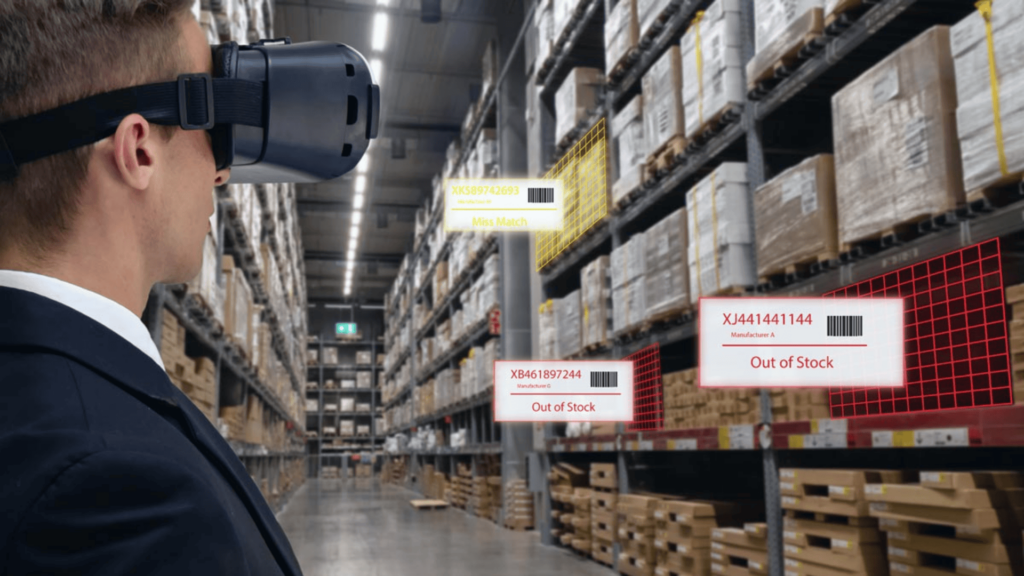The retail sector in the Middle East and North Africa (MENA) is undergoing a dynamic transformation. Internet penetration deepening and technology adoption rising will push the e-commerce market to exceed $57 billion by 2026. Technological innovations and proactive government strategies are driving this rapid growth. Together, these elements create a competitive and opportunity-rich ecosystem for e-commerce ventures.
In-Depth Market Analysis
The e-commerce landscape in MENA showcases a blend of global giants and regional leaders:
- Amazon dominates with its vast inventory and international logistics network.
- Noon and Namshi excel by aligning their offerings with regional preferences and cultural nuances, which appeals to local consumers.
- Talabat specializes in food delivery, demonstrating the sector’s expansion beyond conventional retail.

Each major market within MENA has unique characteristics:
- UAE: Known as the luxury retail capital of the region. A wealthy demographic and sophisticated digital infrastructure enhance its reputation. This infrastructure supports a seamless online shopping experience.
- Saudi Arabia: It stands as the largest e-commerce market in the region. Vision 2030 initiatives significantly boost its digital infrastructure and diversify its economy beyond oil.
- Egypt: A young and digitally savvy population fuels Egypt’s e-commerce sector. The sector is experiencing rapid growth. Local startups and international players actively compete for market share.
Consumer Trends Shaping the Market
Consumers in MENA are increasingly relying on digital platforms for their shopping needs:
- Mobile Commerce: Over 70% of transactions are made through smartphones, highlighting the importance of mobile-optimized shopping platforms.
- Digital Payments: There is a noticeable shift towards digital wallets and cashless transactions, reflecting the region’s broader digital finance adoption.
- Demand for Speed: Same-day delivery is becoming a standard expectation, pushing companies to innovate their logistics and supply chain strategies.
Technological Advancements Driving E-Commerce

Technology is the cornerstone of the e-commerce surge in MENA:
- AI and Big Data: These technologies are crucial for tailoring shopping experiences and managing supply chains more efficiently. For example, AI enables predictive analytics for inventory management, minimizing overstock and understock scenarios.
- AR and VR: These immersive technologies are transforming how consumers interact with products. IKEA’s AR app, which allows customers to visualize furniture in their homes, is a prime example of how AR can enhance the customer decision-making process.
- Social Commerce: Influencer marketing and direct sales through platforms like Instagram and TikTok are reshaping the retail landscape, making it more interactive and personalized.
Regulatory Environment and Governmental Support
The regulatory framework in MENA is evolving to facilitate the growth of e-commerce:
- E-commerce Strategies: Saudi Arabia and the UAE, for instance, are enhancing their digital infrastructure and simplifying business processes to support e-commerce growth.
- Consumer Protection: New laws ensure that online transactions are secure, transparent, and aligned with international standards like the GDPR, increasing consumer trust in online shopping.
Emerging Trends and Future Prospects
Several trends are poised to influence the future of e-commerce in MENA:
- Quick Commerce: Companies like Nana and Breadfast are setting the standard with ultra-fast delivery services for groceries, capitalizing on the consumer demand for immediacy.
- Cross-Border E-Commerce: As consumers increasingly look beyond local offerings, there is a growing need for efficient logistics solutions that can handle international shipments without delays.

Challenges and Strategic Opportunities
While the opportunities for growth are significant, the sector faces several challenges:
- Logistical and Infrastructural Barriers: In less urban areas, the lack of robust logistics infrastructure can impede the timely delivery of goods.
- Cybersecurity Concerns: The increase in online transactions has heightened the risk of data breaches, emphasizing the need for advanced security protocols.

These challenges present opportunities for innovation in areas like digital payment platforms, cybersecurity solutions, and logistics technologies, which can significantly enhance the efficiency and security of e-commerce operations.
Conclusion
The future of retail in the MENA region is vibrant and promising, marked by rapid digital transformation. Businesses that can navigate this dynamic environment by leveraging new technologies and aligning with consumer trends and regulatory standards are well-positioned for success.
Download our report here.





